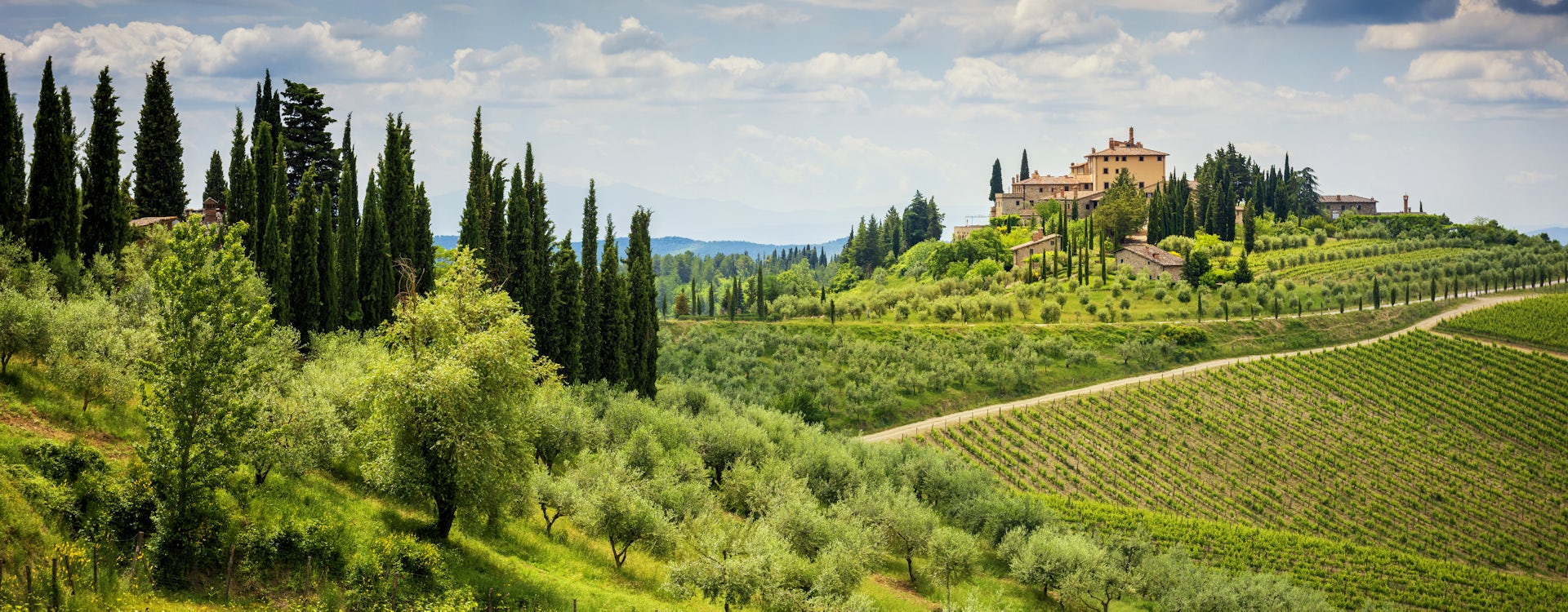
Region
Italy
Wine is food and food is wine!
Italy makes more wine than any other country in the world and uses over 2000 different grape varieties in 20 different regions. Sangiovese, Dolcetto, Barbera, Nerello Mascalese and Nebbiolo are Italy’s benchmark wines and set the standard for expressions the world over. Most Italian wine is made to match local cuisine, which gives diversity across the country. The best Italian wines are given a DOCG label, found on the neck of a bottle. Famous regions include Veneto, Tuscany, Piedmont, Emilia-Romagna, Lombardy, Umbria, Abruzzo, Trentino Alto-Adige, Friuli-Venezia Giulia, Puglia and Sicily.
Discover
Italy wines
Wineries

Italy
Barolo & Barbaresco
Sommeliers love to describe Barolo with two words: “roses” and “tar.” Of course, Barolo is actually the fruitiest and most full-bodied of all the Nebbiolo regions in Northern Italy. Expect flavors of raspberry, red cherry, roses, potpourri, cocoa, anise, licorice, allspice, truffles, and a clay lick.Barolo wines age at least 18 months in the barrel, with a total of three years aging before release. Even though that sounds like a lot, this wine is really meant to age. Most traditionally-made examples only start to come around at 10+ years (when all the tannins chill out).Riserva Wines labeled Barolo “Riserva” are aged for a minimum of five years.Vigna on a label indicates a single vineyard wine.There are eleven different communes of Barolo, with two different main taste styles (based on the soil type: limestone vs. sandstone). (Of course, winemaker influence matters too, but that’s a story for another time.)The lighter-tasting wine communes include La Morra and Barolo, with limestone-based soils. The bolder-tasting wine communes include Serralunga d’Alba, Monforte d’Alba, and Castiglione Falletto, with more weathered sandstone-clay soils.
Piedmont, Italy

Italy
Best of Italy
Tuscany, Italy











